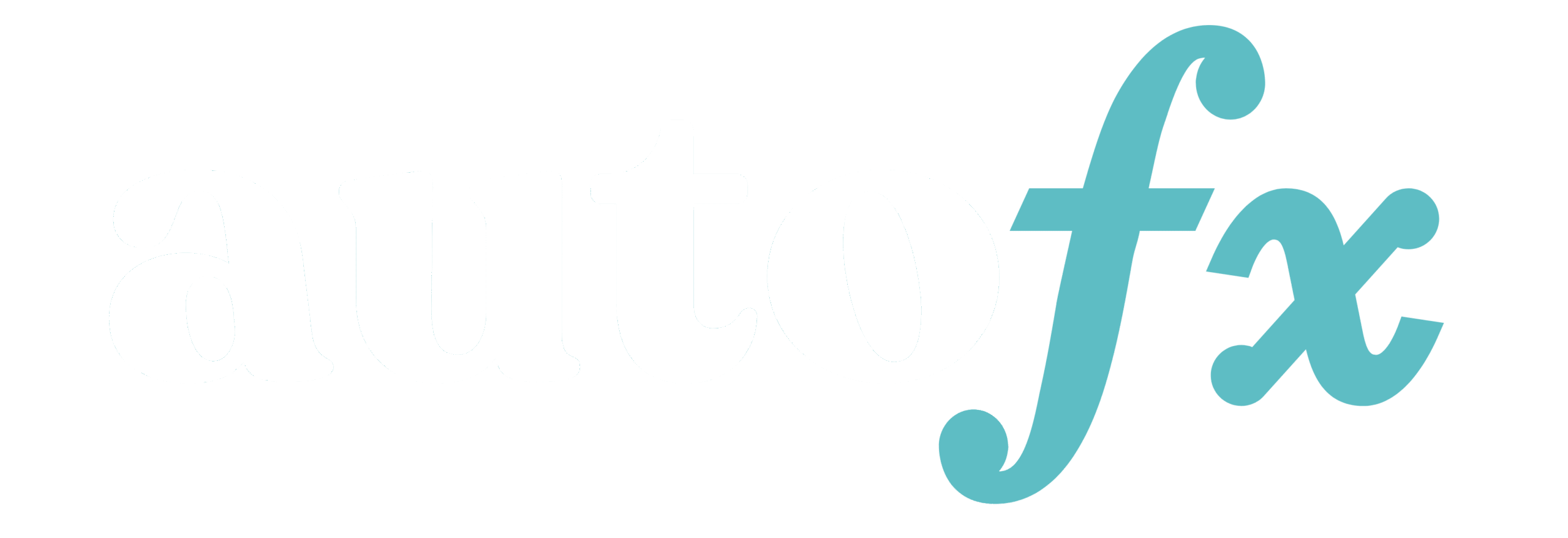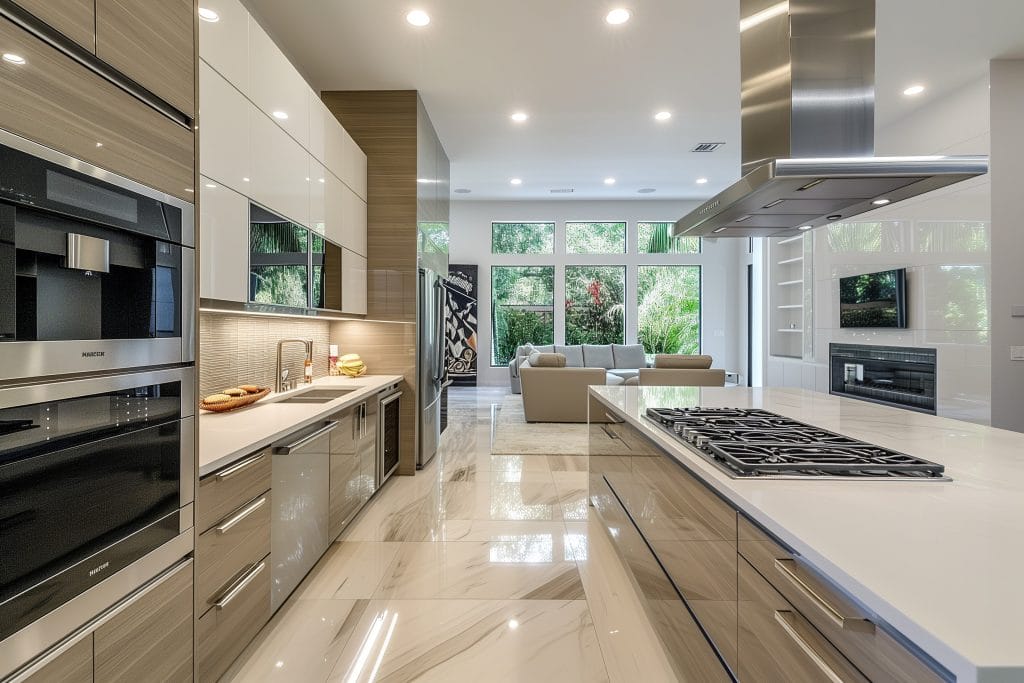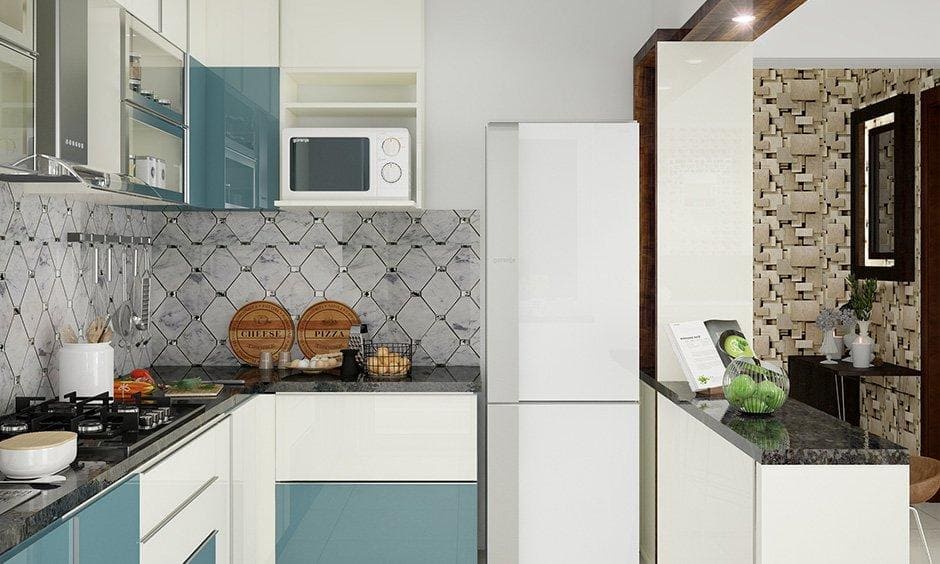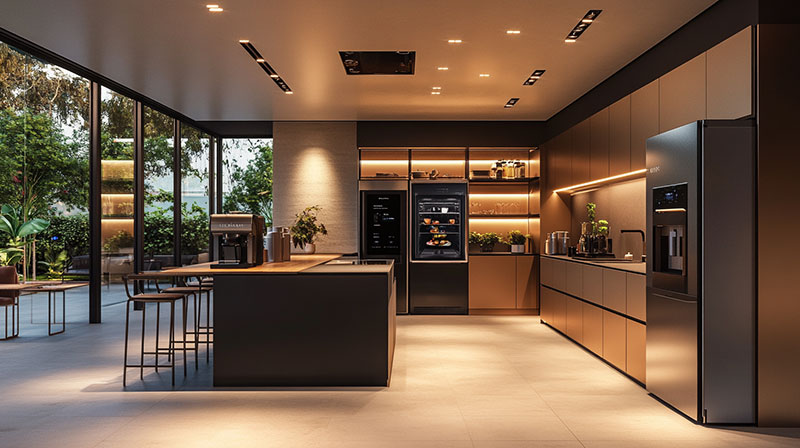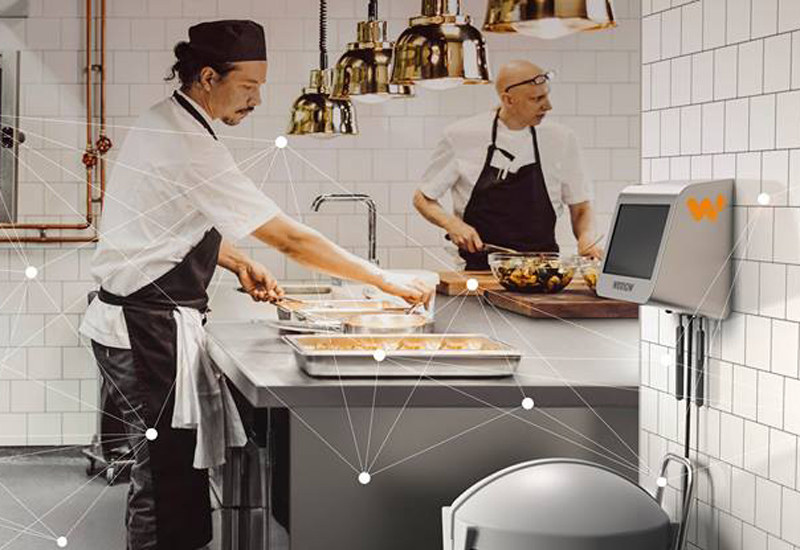In today’s rapidly advancing technological world, understanding how to connect smart home devices is becoming increasingly essential. As these devices evolve, they offer remarkable convenience and efficiency, making our lives easier and more comfortable. Whether you’re new to the smart home ecosystem or an experienced user, mastering the art of connecting these devices can unlock their full potential.

Understanding Smart Home Devices
Smart home devices are electronic gadgets designed to enhance your living environment. They connect to the internet and often communicate with each other, offering automation and control over various aspects of your home, such as lighting, security, and entertainment systems. Learning how to connect smart home devices can significantly enhance your lifestyle.
The Basics of Connectivity
Before diving into the specifics of connecting your devices, it’s essential to understand the basic requirements. Most smart home devices rely on Wi-Fi, Bluetooth, or Zigbee protocols. Ensure your home network is robust and secure to support these connections.
Choosing the Right Smart Home System
Selecting a compatible smart home system is crucial. Popular options include Amazon Alexa, Google Home, and Apple HomeKit. Each of these platforms offers unique features, so consider your preferences and existing devices when making a choice.
Amazon Alexa
Amazon Alexa is a popular choice for many households. It provides voice control and integrates well with a wide range of devices, from smart speakers to thermostats. Understanding how to connect smart home devices with Alexa can enhance your home’s functionality.
Google Home
Google Home offers seamless integration with Google services and a wide array of smart devices. Its voice control capabilities and user-friendly interface make it an attractive option for many users.
Apple HomeKit
For Apple enthusiasts, HomeKit provides a secure and intuitive way to manage smart devices. It offers strong privacy features and integrates well with other Apple products.
Setting Up Your Smart Hub
A smart hub acts as the central control unit for your devices. It communicates with your smart home gadgets and allows you to manage them collectively. When setting up your smart hub, follow the manufacturer’s instructions carefully to ensure a smooth installation.
Connecting Devices to Your Hub
Once your hub is set up, you can start connecting devices. Use the manufacturer’s app or interface to add new devices to your network. This process typically involves selecting the device, following on-screen instructions, and assigning it to a specific room or category.
Integrating Voice Assistants
Voice assistants like Alexa, Google Assistant, and Siri can further enhance your smart home experience. They allow you to control devices hands-free and automate tasks with voice commands. Integrating these assistants involves linking your smart home system to the voice assistant’s platform.
Automating Tasks with Routines
Once your devices are connected, you can create routines to automate tasks. For example, you can set a routine to turn off the lights and lock the doors when you say, ‘Goodnight.’ Routines add convenience and efficiency to your daily life.
Troubleshooting Common Issues
Connecting smart home devices can sometimes be challenging. Common issues include network connectivity problems, device compatibility, and software glitches. Checking the manufacturer’s troubleshooting guide or seeking online support can help resolve these issues.
Maintaining Security and Privacy
Security is a significant concern when dealing with smart home devices. Ensure your network is secure with a strong password and consider using a separate network for smart devices. Regularly update your devices’ firmware to protect against vulnerabilities.
Exploring Advanced Features
Once you have the basics covered, explore the advanced features of your devices. Many smart home devices offer integration with third-party apps and services, providing enhanced functionality and customization options.
Expanding Your Smart Home Ecosystem
As you become more comfortable with your smart home setup, consider expanding your ecosystem. Add new devices and explore additional automation possibilities to further enhance your home’s convenience and efficiency.
Conclusion
Learning how to connect smart home devices is an empowering journey that can transform your living space into a modern, efficient, and convenient environment. By understanding the basics, choosing the right system, and exploring advanced features, you can make the most of your smart home experience.

FAQs
What are the benefits of a smart home?
Smart homes offer convenience, efficiency, and enhanced control over your living environment. They can improve energy efficiency, enhance security, and simplify daily tasks.
Do I need technical skills to set up a smart home?
While some technical knowledge can be helpful, most smart home systems are designed to be user-friendly. Follow the manufacturer’s instructions and seek online resources if needed.
Are smart home devices secure?
Smart home devices can be secure if you follow recommended security practices. Use strong passwords, keep your devices updated, and consider using a separate network for smart devices.
For more insights on upgrading your home with smart devices, visit this guide.
Learn more about smart home vs traditional home and how it can affect your lifestyle.
Explore smart home automation ideas for inspiration on enhancing your home.
